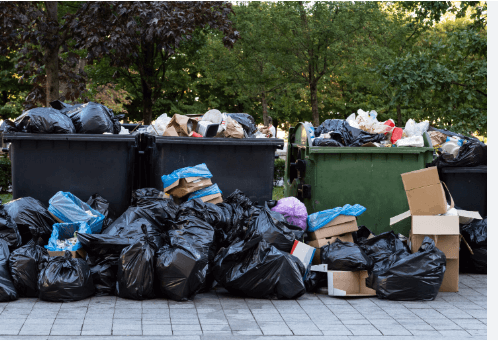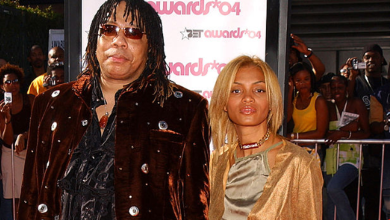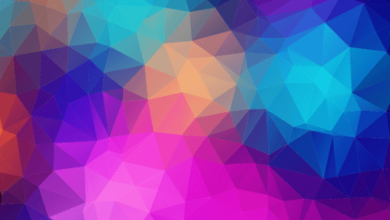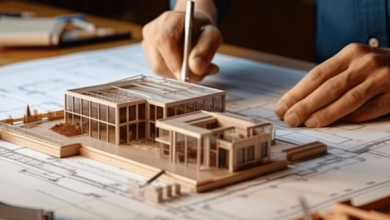Clipart:2dk2dqse3q0= Trash

The term “Clipart:2dk2dqse3q0= Trash” succinctly captures the widespread disdain for certain digital graphics that are often perceived as uninspired and outdated. While many dismiss such clipart as detrimental to design quality, this viewpoint may overlook important nuances in the evolution of visual resources. A closer examination reveals that not all clipart is created equal; discerning selection can transform these images from mere filler to powerful communicative tools. Understanding the journey from derision to potential utility raises critical questions about the role of clipart in contemporary design practices.
Origins of Clipart:2dk2dqse3q0= Trash
The origins of Clipart:2dk2dqse3q0= Trash can be traced back to a time when visual communication was revolutionized by the advent of desktop publishing, transforming simple illustrations into essential components of graphic design.
This marked a significant chapter in clipart history, where the digital evolution enabled artists to create and share diverse visual elements, fueling creativity and providing users with the freedom to enhance their projects with captivating imagery.
Read More Clipart:_Zqyqlxkxpk= Red Truck
Characteristics of Poor Quality Clipart
Poor quality Clipart:2dk2dqse3q0= Trash often manifests through a series of distinct characteristics that undermine its effectiveness in visual communication. Commonly, these include overly simplistic designs, poor resolution, and clashing clipart styles that detract from coherence.
Additionally, uninspired digital illustrations lacking originality fail to engage viewers, leaving a stale impression. Such elements diminish the potential for creativity, ultimately stifling the freedom of expression in visual storytelling.

Common Criticisms and Misconceptions
In the realm of visual design, Clipart:2dk2dqse3q0= Trash often faces a barrage of criticisms and misconceptions that overshadow its potential utility.
Skeptics frequently dismiss it as outdated or lacking in design aesthetics, ignoring the clipart evolution that has introduced rich, diverse styles.
When used thoughtfully, contemporary clipart can enhance creativity and accessibility, proving that it remains a valuable resource in modern design landscapes.
Choosing Quality Clipart for Projects
How can one discern quality Clipart:2dk2dqse3q0= Trash that elevates a project rather than detracts from it?
Read More Clipart:0j6_9jdua5s= Syringe
Effective clipart selection involves seeking vibrant, high-resolution images that align with your theme. Embrace simplicity; avoid cluttered designs.
Utilize clipart usage tips like consistent color palettes to unify your work. Prioritize originality and relevance, ensuring your chosen visuals enhance the message, empowering your audience to connect freely with your vision.
Conclusion
In the realm of design, dismissing clipart as mere “Clipart:2dk2dqse3q0= Trash” overlooks its potential to enhance visual narratives when selected with care. High-quality clipart can transform mundane presentations into captivating stories, bridging the gap between concepts and audiences. Instead of throwing the baby out with the bathwater, embracing the evolution of clipart opens doors to creativity and effective communication. By discerning quality from the clutter, designers can harness a valuable resource that speaks volumes beyond mere aesthetics.





